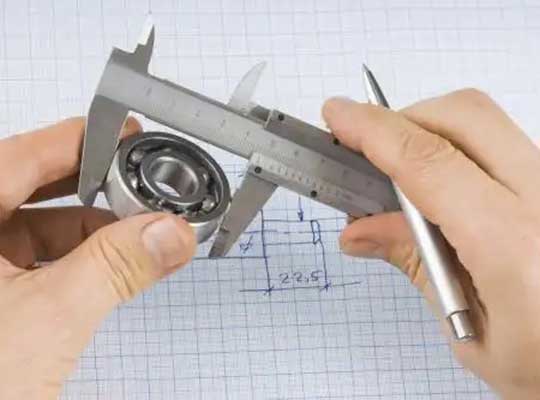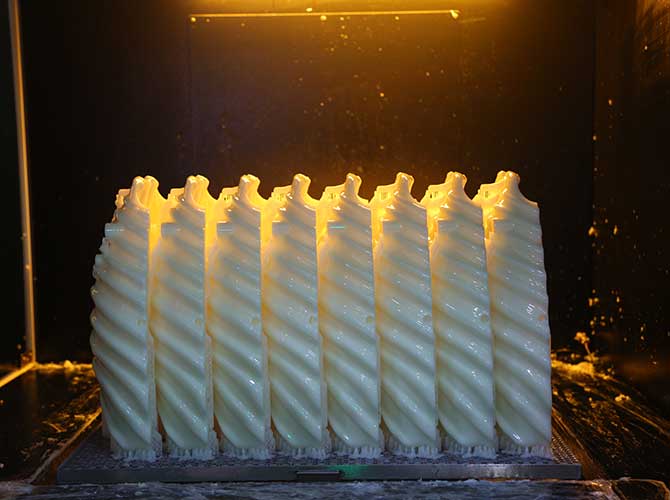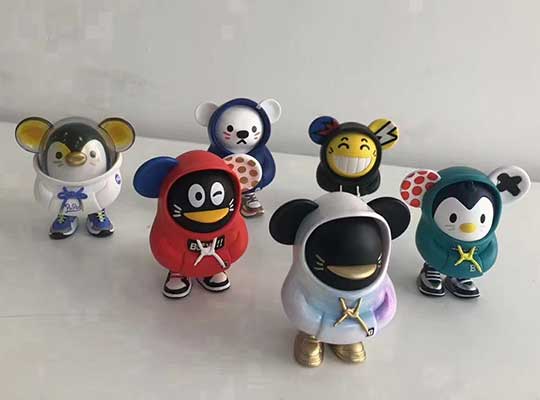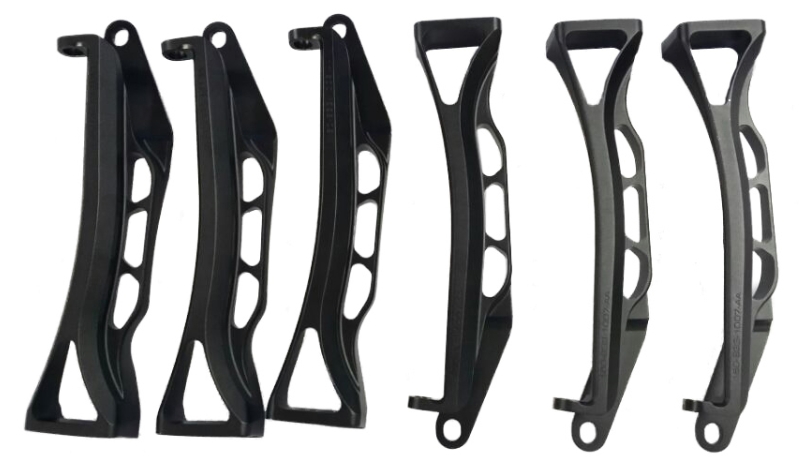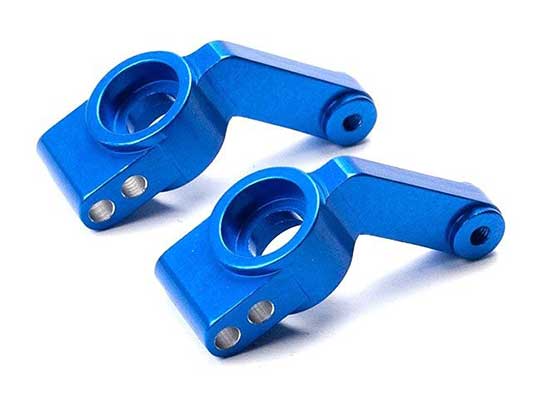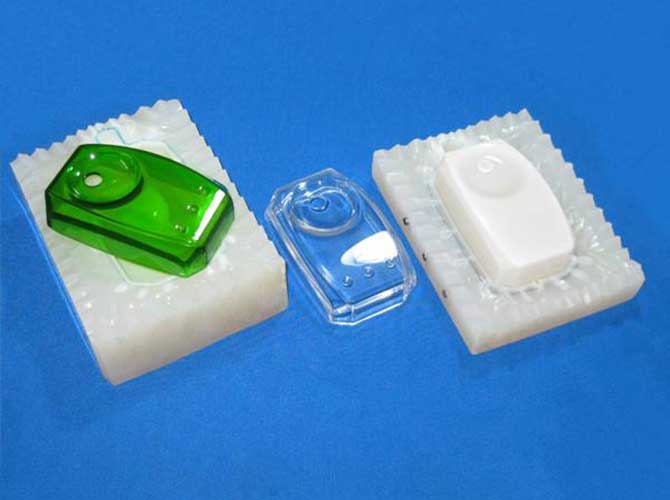If you’ve ever wondered, “What is a prototype replica?” you’re not alone. These two terms are often used interchangeably, but they represent distinct concepts in product development, pembuatan, and various industries. Dalam panduan ini, we’ll break down the differences between prototypes and replicas, explore their unique purposes, and help you understand when to use each one. Let’s dive in!
Defining Prototype: The First Step in Innovation
A prototaip is an original or preliminary version of a product, designed to test and refine a concept before mass production. Think of it as the “first draft” of a product—something that allows creators to visualize, test, and improve their ideas.
Key Characteristics of a Prototype
- Preliminary Nature: Prototypes are works in progress, not final products. They’re meant to be modified and improved.
- Testing Focus: Their primary purpose is to validate design concepts, identify flaws, and test functionality.
- Varied Forms: Prototypes can range from simple sketches and 3D models to functional mock-ups. Contohnya, a software prototype might be a basic wireframe, while a hardware prototype could be a 3D-printed model of a new tool.
- Iterative Development: Most prototypes go through multiple iterations. Engineers and designers tweak them based on testing results until the design is refined.
Common Uses of Prototypes
Prototypes are essential in almost every industry that involves creating new products. Here are some key applications:
- Product Design: To test the form, Sesuai, and function of a new product before investing in mass production.
- Engineering: To evaluate structural integrity, material performance, and mechanical functionality.
- Software Development: To test user interfaces, workflows, and feature functionality.
- Marketing: To gather feedback from focus groups or stakeholders before finalizing a product.
Defining Replica: Copying the Existing
A replica is an exact copy or reproduction of an existing product, artwork, or object. Unlike prototypes, which are for new concepts, replicas aim to duplicate something that already exists with precision.
Key Characteristics of a Replica
- Copycat Nature: Replicas are designed to be as identical as possible to the original item.
- Post-Production Focus: They’re created after the original product has been finalized and often mass-produced.
- Ketepatan: The goal is to match the original’s appearance, dimensi, and sometimes functionality. Contohnya, a replica of a vintage watch should look and work like the original.
- Preservation Purpose: Replicas often preserve or share valuable, fragile, or rare items without risking the original.
Common Uses of Replicas
Replicas serve various purposes across industries, from education to entertainment:
- Museums and Galleries: To display copies of fragile or valuable artifacts, allowing the public to appreciate them without endangering the originals.
- Film and TV: To create realistic props that look like historical items, expensive equipment, or rare artifacts.
- Collectibles: To produce affordable versions of luxury items, art, or historical objects for collectors.
- Education: To provide students with hands-on models of rare specimens, such as dinosaur fossils or ancient tools.
Prototype vs Replica: A Side-by-Side Comparison
To better understand the differences, let’s compare prototypes and replicas across key factors:
| Faktor | Prototaip | Replica |
| Purpose | Test and refine new concepts | Copy an existing item exactly |
| Timing | Created before mass production | Created after the original exists |
| Originality | Original or preliminary design | Exact copy of an existing item |
| Lelaran | Often modified through multiple versions | Typically not modified once created |
| Fungsi | May be partially functional for testing | Fully functional (if the original is) |
| Examples | 3D-printed model of a new phone case, software wireframe | Museum copy of the Mona Lisa, replica of a vintage car |
How Prototypes and Replicas Are Made: Processes and Techniques
The manufacturing processes for prototypes and replicas differ significantly, reflecting their distinct goals.
Prototype Manufacturing Methods
Prototypes are made using rapid, flexible methods that allow for quick adjustments. Common techniques include:
- 3D Percetakan: Ideal for creating complex shapes quickly. It’s widely used in product design for its speed and cost-effectiveness.
- Pemesinan CNC: Uses computer-controlled machines to carve prototypes from materials like plastic or metal, offering high precision.
- Handcrafting: For simple prototypes, such as clay models or paper sketches, handcrafting is a low-cost option.
- Silicone Molding: As mentioned in the original text, a silicone mold can be made from a prototype to create small batches for further testing.
Replica Manufacturing Methods
Replicas require precise techniques to match the original item. Common methods include:
- Molding and Casting: Creating a mold from the original item and pouring materials like resin or metal to form an exact copy.
- 3D Scanning and Printing: Scanning the original item to create a digital model, then 3D printing an accurate replica.
- Hand Replication: For art or intricate items, skilled craftspeople may recreate the original by hand, matching every detail.
- Mass Production Tools: For replicas of consumer products, factories use the same tools and processes as the original manufacturing line.
When to Use a Prototype vs. a Replica
Choosing between a prototype and a replica depends on your goals. Here’s a quick guide:
Use a Prototype When…
- You’re developing a new product or concept.
- You need to test functionality, design, or user experience.
- You want to gather feedback and make improvements before mass production.
- You’re in the early stages of innovation, such as startups or R&D projects.
Use a Replica When…
- Anda mahu (copy) an existing item exactly.
- The original item is rare, expensive, or fragile and needs to be preserved.
- You need to create multiple copies for display, pendidikan, atau koleksi.
- You’re working in industries like film, muzium, or collectibles.
Common Mistakes to Avoid
Many people mix up prototypes and replicas, leading to confusion. Here are some common mistakes to watch out for:
Mistake 1: Using the Terms Interchangeably
Calling a prototype a “replica” or vice versa can lead to misunderstandings, especially in professional settings. Contohnya, if a client asks for a prototype but you deliver a replica of an existing product, you’ll miss the mark entirely.
Mistake 2: Expecting a Prototype to Be Perfect
Prototypes are meant to have flaws—that’s why they’re tested! Don’t get discouraged if your first prototype doesn’t work perfectly; it’s part of the process.
Mistake 3: Assuming Replicas Are Easy to Make
Creating an accurate replica requires precision and attention to detail. Even small differences from the original can make a replica look cheap or inaccurate, especially for valuable items like art or antiques.
Perspektif Teknologi Yigu
Di Yigu Technology, we believe prototypes drive innovation, turning ideas into tangible progress through iterative testing. Replicas, when done right, preserve value and expand access to originals. Both have roles: prototypes fuel creation, replicas honor existing excellence. We leverage advanced methods like 3D printing for both, ensuring prototypes refine designs and replicas stay true to originals.
Soalan Lazim
1. Can a prototype become a replica?
Tidak. A prototype is a preliminary version of a new product, while a replica is a copy of an existing item. A prototype can evolve into a final product, but it can’t become a replica unless it’s copied after being finalized.
2. Are replicas always cheaper than originals?
Tidak semestinya. High-quality replicas of luxury items, art, or rare artifacts can be expensive due to the precision and materials required to match the original. Some replicas may even cost more than mass-produced originals.
3. How long does it take to make a prototype vs. a replica?
Prototypes can be made quickly (hours to days) using methods like 3D printing, especially for simple designs. Replicas often take longer (days to weeks) because they require precise measurements and matching of the original item’s details.

